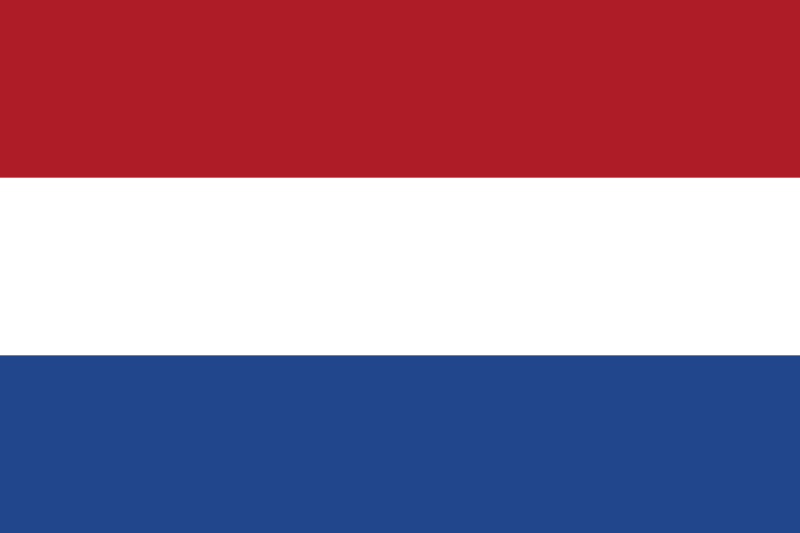Netherlands: Ambitious Targets for Sluggish Market
July 20, 2015
The newly installed collector area in the Netherlands has not grown by a significant margin since 2011, and it even decreased slightly in 2013 (see the chart on the left). According to the Dutch industry association Holland Solar, this is to be considered a fair outcome, as the number of new residential construction permits has declined in recent years. Residential construction is by far the most important market for solar thermal technology in the country. There have not yet been any statistics on the newly installed collector area in 2014, but considering that the number of building permits was twice as much in 2014 than in the previous year, experts estimate that solar thermal sales will at least have remained at their previous levels. The authors from the German-Dutch Chamber of Commerce, DNHK, see a silver lining for 2015 in a market analysis published in May 2015 in the framework of the German Renewable Energies Export Initiative (see the attached PDF in German).
Source: Central Office for Statistics in the Netherlands, CBS
According to the DNHK publication, prospects for 2015 are quite good, as the first quarter revealed 90 % more building permits compared to the same period in 2014 and the number of newbuilds increased by 11 %. This recuperation of the residential construction sector might contribute to a growth in solar thermal sales. The authors expect high potential for solar thermal use not only in the residential sector, however: Heat accounts for half of the Dutch energy demand, including space heating, hot water and process heat. Transport accounts for 30 % and electricity for only 20 % of total energy needs. But this potential is far from being utilised properly. The experts believe that 20 % of the total heat demand could be provided by solar thermal, whereas today it accounts for only 1 %.
National subsidy scheme SDE+ disadvantages solar thermal
Holland Solar has often – but so far, unsuccessfully – called for an equal treatment of solar heating and cooling and photovoltaics in the national renewable energy promotion programme SDE+ 2015. SDE stands for Stimulering Duurzame Energieproductie (Stimulating Sustainable Energy Production), a national subsidy scheme which has been in force since 2008 and was amended several times.
The programme provides feed-in tariffs for all sorts of renewable technologies, as well as combined heat and power plants, but only includes solar thermal installations of more than 100 m². Most solar thermal heating installations in the Netherlands, however, do not meet the size requirement, but range from 20 to 100 m². Solar thermal installations must have a capacity of 70 kW in order to profit from SDE+, whereas photovoltaics installations only have to provide about 15 kWp. Hence, there are very few solar thermal applications within SDE+. In 2013, there were five solar thermal applications with a grant volume of EUR 1 million out of a total budget of EUR 3 billion. Regarding 2014, statistics show 14 solar heating projects with a total support of EUR 3 million as part of the EUR 3.5 billion funding.
Ambitious targets: 6 PJ produced by 3.7 million m² collector area by 2023
If the Dutch government wants to meet the minimum targets for renewable energy, solar thermal technology will have to expand drastically over the coming years. Holland Solar has managed to establish a 6 PJ target for solar heating and cooling to be achieved until 2023 in the so-called energy agreement for sustainable growth launched by the Dutch cabinet in 2013. 6 PJ corresponds to 1,667 GWh, which could be produced by 3.7 million m² of collector area. According to the annual market statistics of the European Solar Thermal Industry Federation (ESTIF), the total collector area in operation was 560,693 m² at the end of 2014.
This goal might seem ambitious as the target had been much more modest so far (2 PJ in 2023). The authors of the study emphasise that 6 PJ could be achievable, but only through a number of effective support measures. There have already been two stimulating factors: The foster growth in the construction sector and the regulation for energy efficiency in new construction which makes zero-energy houses obligatory by 2020.
More information:
This news was written by Vanessa Kriele, a German freelance journalist specialised in renewable energies and world economics.


